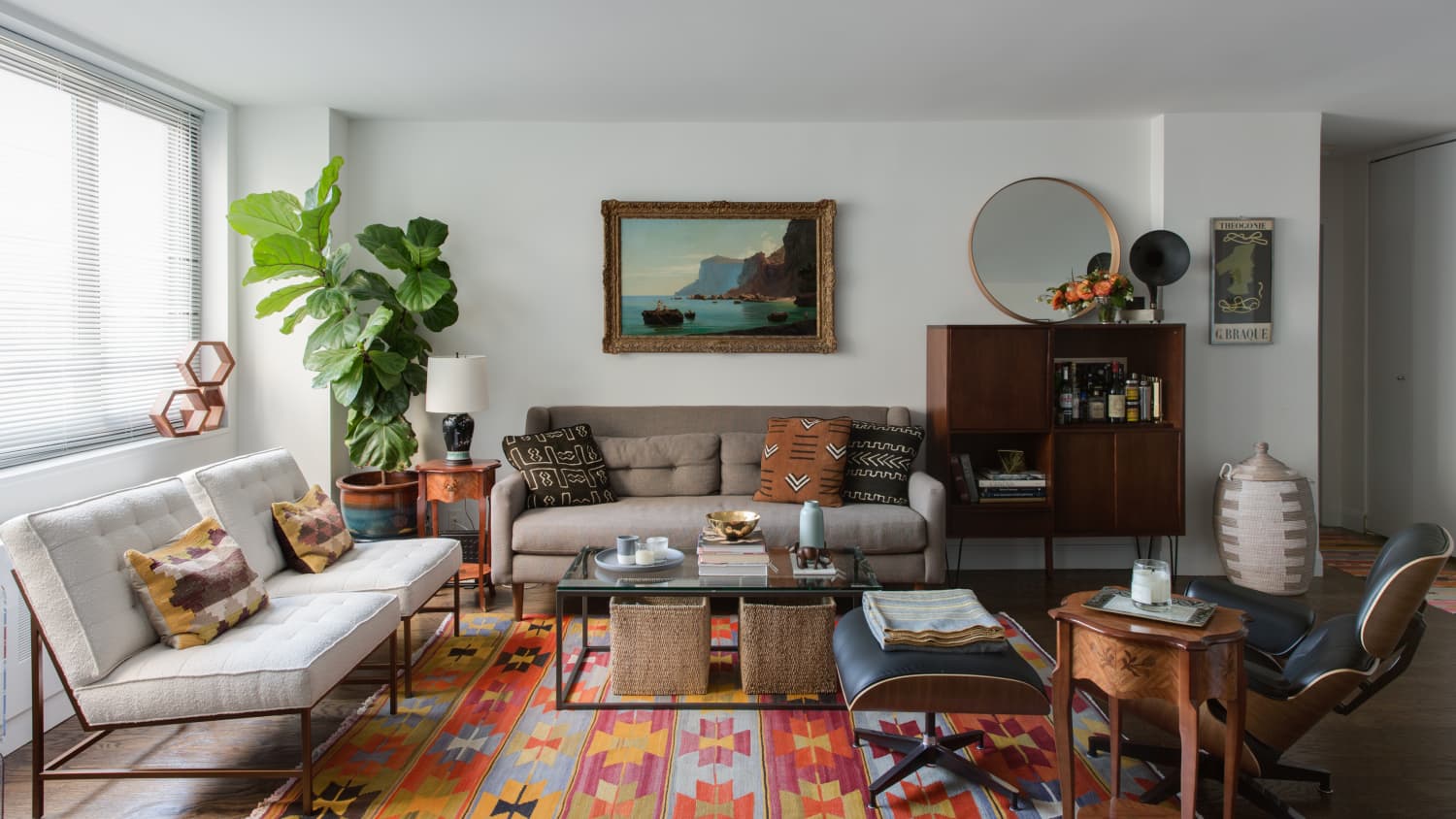Creating a proper balance between soft materials and hard ones is vital in reducing room echo. Artwork and fabric-covered acoustic wall panels can help to absorb sound waves and make your room more comfortable. Other things to consider when reducing room echo include soft furnishings, sound diffusers, and ceiling clouds. Here are some of the most effective solutions. But before you decide on any of these, you should know the best way to balance them.
Artwork reduces room echo
Wall art is an excellent way to cut down on the room’s echo. Paintings, large canvas prints, and cloth textiles can help reduce sound reverberation. Place these items on parallel surfaces so they don’t bounce off adjacent walls. They can also be placed on a large bookshelf, as this can absorb some sound. And, if you can’t afford a large piece of art, consider buying several smaller paintings.
While kids might find echoes fascinating, many adults find them unnerving. They can be incredibly distracting for audio producers, who need clear sound to ensure that every sound is heard clearly. A good artwork will help to reduce flutter echo by reducing the number of hard surfaces, which will lessen the amount of time that sound reverberates.
Rugs absorb sound waves
Rugs are excellent noise absorbing materials. They absorb sound waves that are both external and internal to a room. Specifically, rugs help reduce the sound generated by impact noise. This sound travels through floors, ceilings, joists, and walls and is called structure-borne sound. Luckily, rugs are made of numerous fibres and can absorb these sounds.
Wool rugs have an open, fuzzy structure. Many wool variants have this shaggy look, too. Rugs with more fibres deaden sound better than flat ones. They also need a foundation to absorb sound, so you should place them on a hard surface such as hardwood or tile. Place the largest rug in the room with the lowest wall-to-floor height for the best sound absorption. Rugs with higher pile heights also have a lower sound transfer.
Fabric-covered acoustic panels absorb sound waves
These panels are dense fibreglass cores wrapped in either a scrim or acoustically transparent polyester fabric. They absorb sound waves and improve the quality of sound in a room. Unlike acoustic foam panels made of dense foam, fabric-covered panels can be cleaned and are fire-resistant.
While acoustic panels are essential for sound reduction, the fabric covering them is equally important. The wrong fabric will diminish their sound-absorbing abilities and their overall performance.
Acoustic panels made of fabric are also beautiful and highly functional. Fabric-covered acoustic panels absorb sound waves without blocking the view of occupants. These panels are often rectangular or square, but they may come in many different sizes and shapes. They can be made of foam, or they can be made from both. Fabric-covered acoustic panels can also be printed with stock or custom images.
Ceiling clouds reduce room echo
Acoustic Ceiling Clouds are suspended panels that absorb sounds and reduce room echo. They can be made of foam, polyester, or fabric wrapped panels. Their air space increases the sound-absorbing properties of the panels, reducing room echo. Besides their aesthetic appeal, they improve sound quality and enhance speech intelligibility. You may also check the room echo reduction tips by That Sounds Better to ensure the best advice for you.
Adding furniture reduces room echo
Adding large pieces of furniture to a room can reduce its echoes. These large pieces can act as obstructions that force sound waves to bend and diffuse, thus dampening the sound. Other objects, like books, can also serve this purpose, including large sofas and chairs. But while these pieces help reduce echoes, they may not be suitable for smaller rooms.
Adding furniture to a room will also help absorb sound waves. While any piece of furniture will work, soft materials absorb sound waves more efficiently.
Adding acoustic foam panels
Adding acoustic foam panels to your home can have several benefits. For one, they require minimal maintenance. Acoustic panels are also convenient to install. They come in a wide variety of sizes and shapes, and they can be installed across from speakers or on the ceiling. Using acoustic panels will make your home more comfortable for everyone.
Adding curtains
The most basic method for reducing room echoes is to use thick window curtains. Curtains with a special material designed to absorb the sound can be even more effective. Another way to reduce room echoes is to hang room divider curtains, and these can be hung on walls or over windows and have excellent sound-deadening properties. However, if you want to eliminate room echo, it’s worth considering acoustic curtains.

